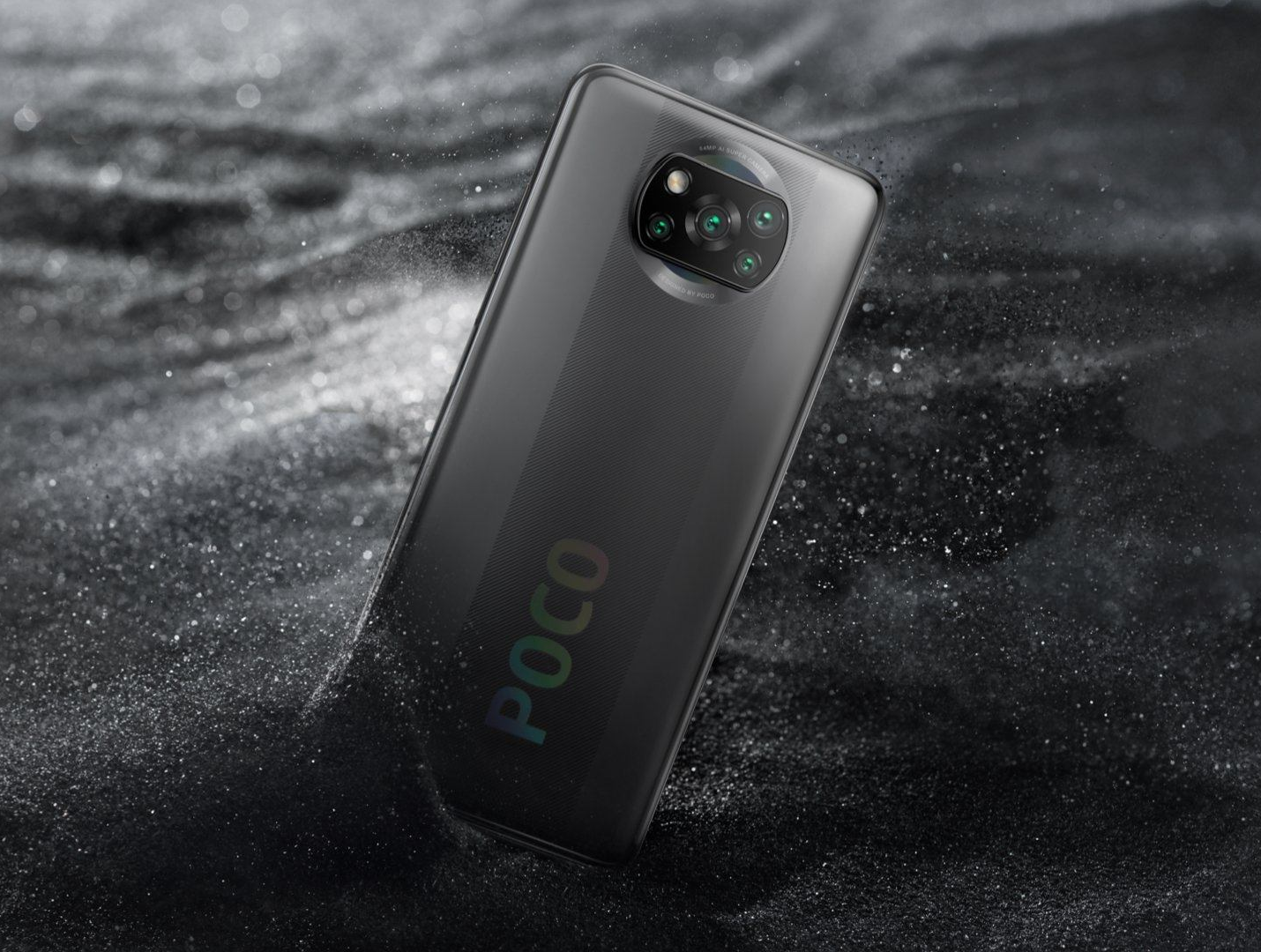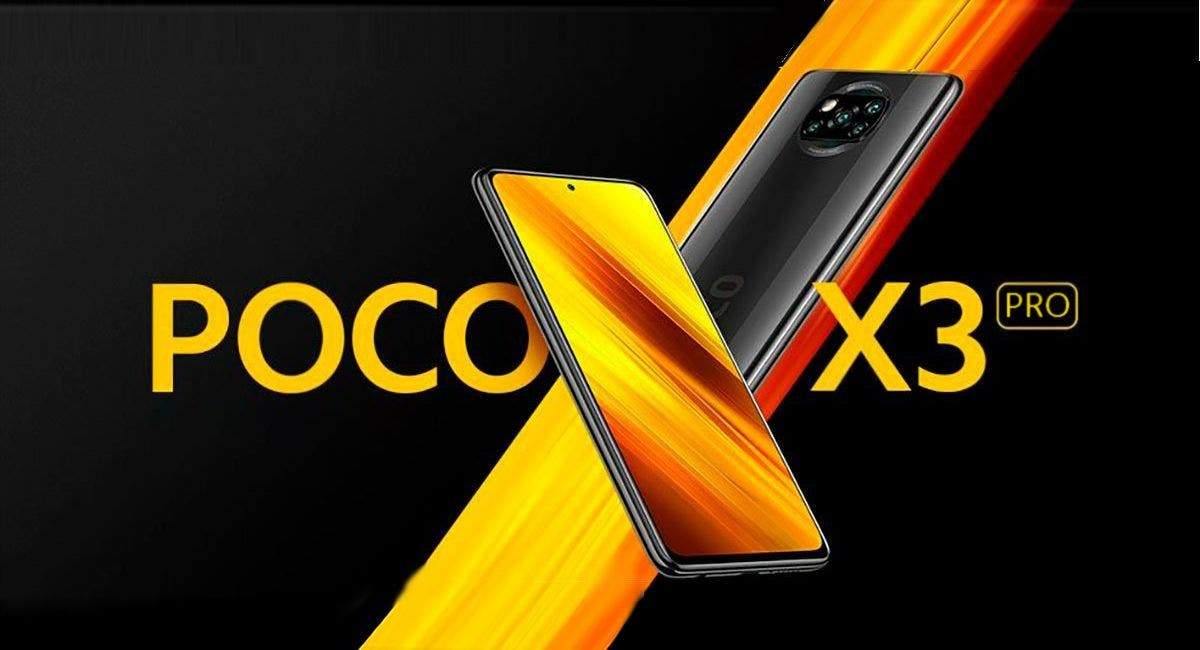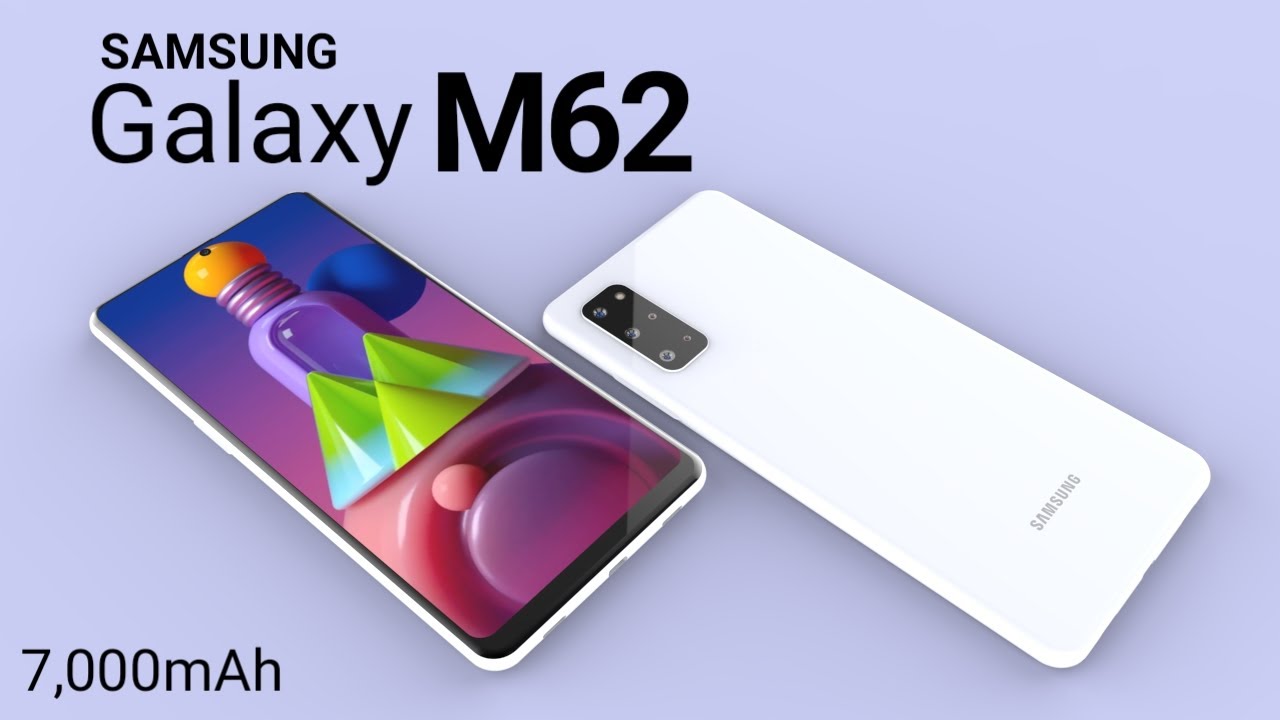Xiaomi again launched the Poco series smartphone at the end of March, which was named Poco F3. With qualified specifications, of course, the Mi fans are getting more and more aggressive to get it.
But there is something you need to know, in the previous 3 days, this Chinese company also launched a cellphone called the Poco X3 pro. The X3 pro specifications are considered to have outperformed the F3 in various aspects.
Yes, it is something that is natural when smartphones have their own advantages. But with the support of a similar product line, the Poco X3 pro has a lower price than the Poco F3, you know.
Apart from price, I have also summarized several other advantages of the Poco X3 pro, here.

1. IPS LCD
Ready to say that IPS LCD is worse than Amoled? Make no mistake, this screen has its own advantages, you know. First is because the production costs are much cheaper than Amoled so that it has an impact on reducing production costs. Therefore, cellphones with IPS LCD panels have a relatively lower price. And, the cheap price doesn’t mean the IPS LCD doesn’t have any advantages. Indeed, Amoled has a darker color. But the power consumption is quite large if you use a white background or other bright colors. Meanwhile, with IPS LCD technology, you are free to use wallpaper of any color without fear of consuming excess power. In addition, if Amoled has deep colors due to its high saturation, IPS LCD excels in terms of more natural and true-to-life colors.
And for those of you who are often outside the room, you don’t need to worry anymore about the cellphone screen that sometimes can’t be seen. The X3 screen can be seen clearly even in direct sunlight.
2. Corning gorilla glass 6
The Poco X3 pro and Poco F3 glass protectors both use corning gorilla glass. But the protectors they wear have different versions. The Poco X3 is protected with the 6th generation corning gorilla glass.
This touchscreen-compatible protective layer will protect the X3 pro glass with twice the strength of the 5th generation built into the Poco F3. With that said, the Poco X3 pro outperforms the F3 in terms of preventing serious damage to the screen.

3. Dept sensor
Even though it only has a 2MP macro lens (3 numbers smaller than the F3), the X3 Pro is equipped with a sensor dept. With this lens, the Poco X3 pro camera can focus on the object you are photographing.
Not only that, because the object has been focused and identified thanks to this depth sensor, you can freely configure the background to be blurred.
Unlike the F3, even though it is equipped with a 5MP macro lens, the Poco F3 does not have a sensor dept on the camera.
4. 5160 mAh battery
Who is always annoyed when the phone’s power runs out quickly? You won’t experience it if you use Poco X3 pro, here. How come? If the F3 is only equipped with 4520 mAh, the X3 Pro actually exceeds it in terms of power capacity, which is 5160 mAh.
With a difference of 600 mAh, the Poco X3 pro can last a little longer than the Poco F3.
Moreover, the X3 is equipped with fast charging which can charge a smartphone quickly, which is 100% in 59 minutes. Although the charging speed is 7 minutes slower than F3, though.

5. Cheaper price than Poco F3
Finally, the thing we have been waiting for has arrived. Yes, what is the happiest thing, besides knowing the price is sloping.
To be able to bring home the Poco F3, you have to spend 349 USD, or around IDR 5 million. As for the Poco X3 pro, which is the subject of this paper, the price is 249 USD, or around Rp. 3.6 million only.
With a higher price, of course, the Poco F3 has its own advantages, really. Among them are the 5G Network, the Amoled Panel, a superior chipset model (Snapdragon 870), and faster fast charging.
So, what is your choice between these two phones?




